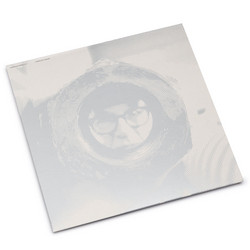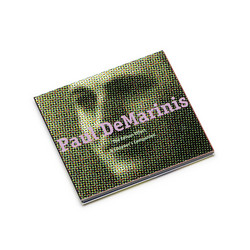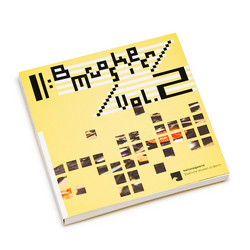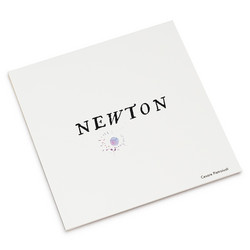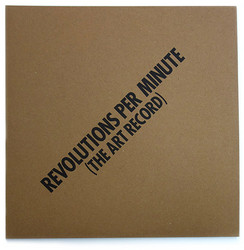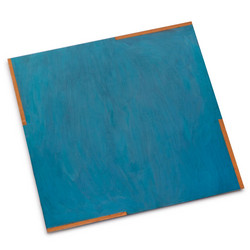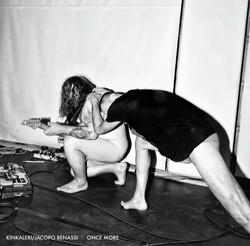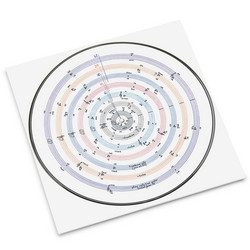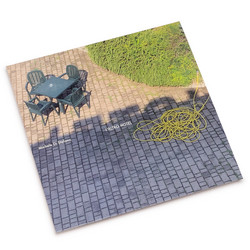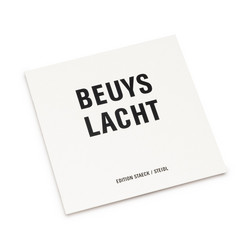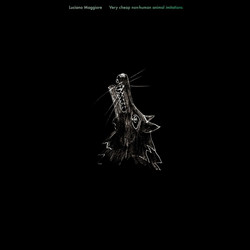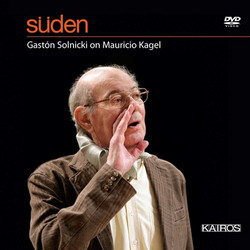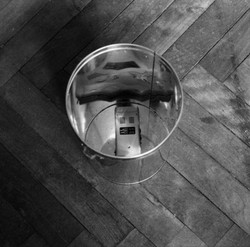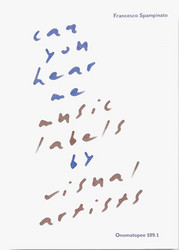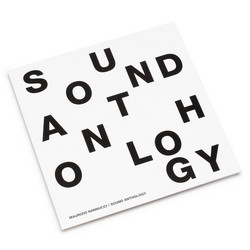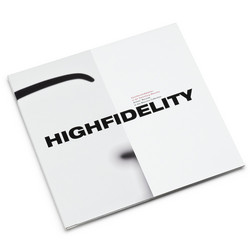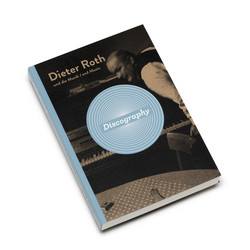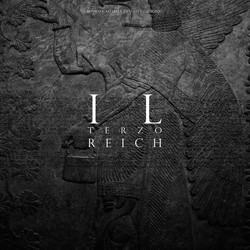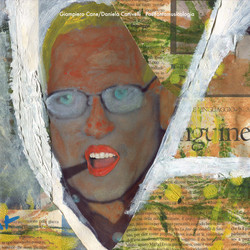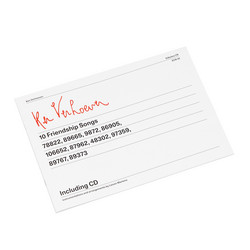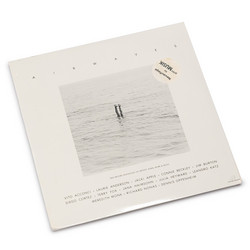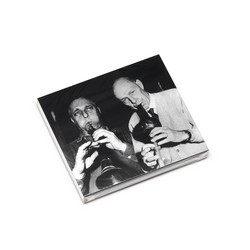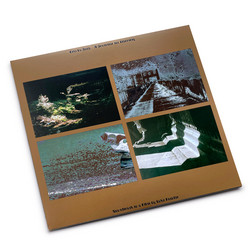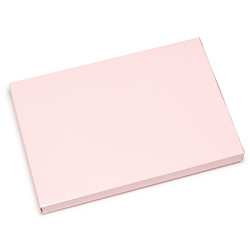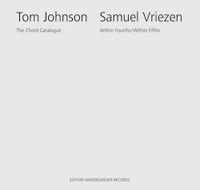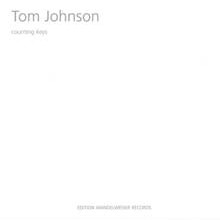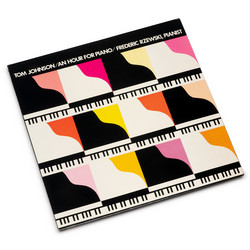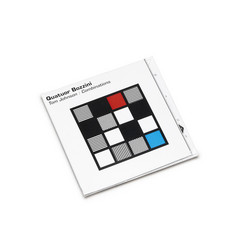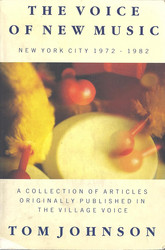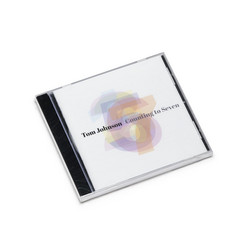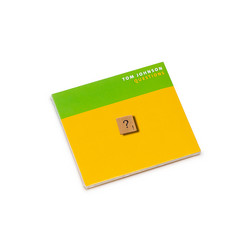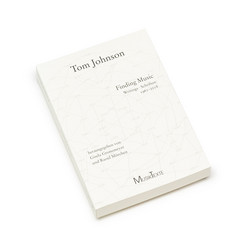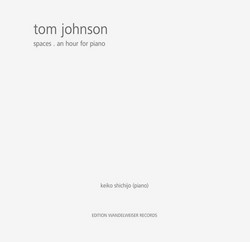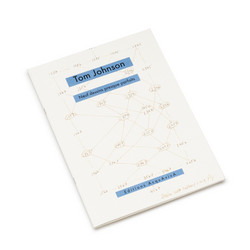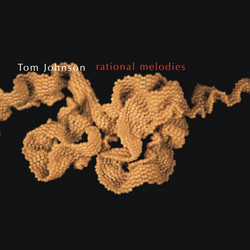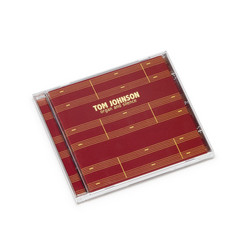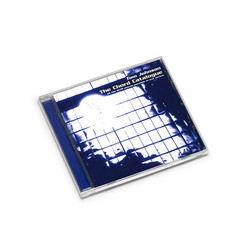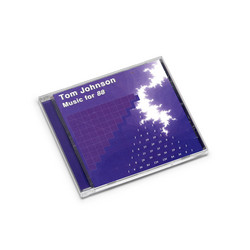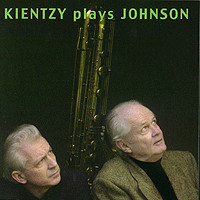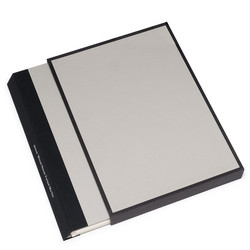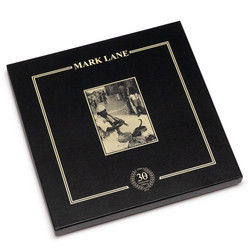Tom Johnson
An Hour for Piano (Art Edition, 10")
Edition of 80. Written in 1971, Tom Johnson's An Hour for Piano stands as a landmark of American minimalism, born from improvisatory sketches Johnson created in 1967 while accompanying a modern dance class at New York University. Johnson gradually expanded these sketches, creating a composition designed to be performed in exactly one hour at an absolutely steady tempo of quarter note = 59.225 beats per minute. Deceptively simple in its construction, An Hour for Piano comprises six basic textures that emerge and dissolve at the composer's whim, never deviating from the key of G, though dissonant motives wash through from time to time. The work exemplifies Johnson's formalist approach to minimalism—logical, precise, and rooted in mathematical sequences—while maintaining an hypnotic, meditative quality that has captivated performers and listeners for over five decades.
Johnson, who studied privately with Morton Feldman and was instrumental in bringing minimalist composers to wider attention through his influential music criticism for The Village Voice from 1971 to 1983, created in An Hour for Piano what critic Kyle Gann describes as "an understated watershed of a composition—simple enough to understand on first hearing, complex enough to never fully comprehend, and important enough to usher in a new mode of composition." In 1974, Johnson wrote extensive Program Notes to accompany the piece, meant to be read while listening to the work, encouraging listeners "not to allow the program notes to distract you from concentrating on the music." These notes mirror the composition's structure, with sentences and paragraphs that return frequently with subtle alterations—a textual counterpart to the musical processes unfolding across the hour.
Luigi Castiglioni has created a monumental artist's book dedicated to this iconic work, conceived and designed to honour Johnson's vision through exceptional craftsmanship and attention to detail.
